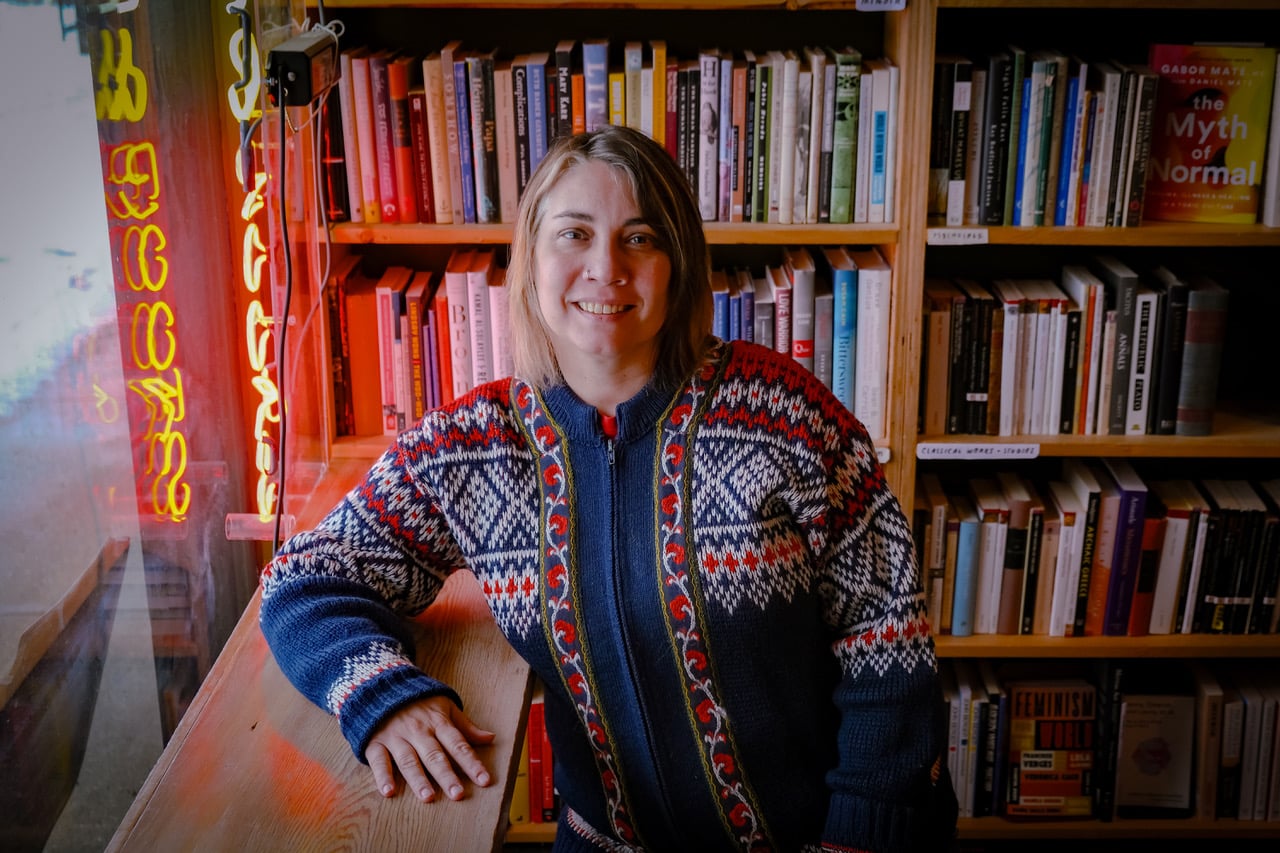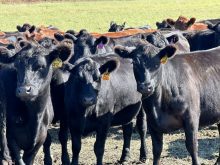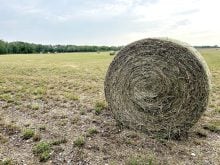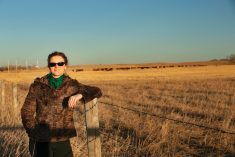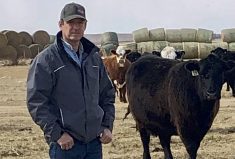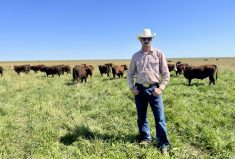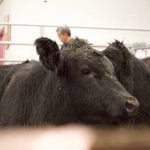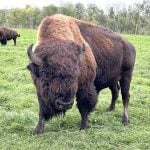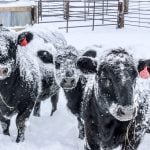It’s a big question that no one can answer. Why is there such a big difference between what consumers pay for beef and what producers receive for their animals?
Alberta Beef Producers general manager Brad Dubeau knows it is a major issue.
“We need to do some background work,” he said.
Read Also

The long march to autonomy
The big players in the machinery market keep adding pieces towards autonomous vehicles for farming, but how far away is a final product?
Alberta Agriculture and Forestry officials have discussed the issue with ABP, Alberta Cattle Feeders Association and the Canadian Cattle Association. As a result, the industry started a competitiveness study last year.
“The challenge is essentially to determine what would be the best path forward to make sure that profits are being shared across our industry from cow-calf to the feedlot; from processing to retail,” Dubeau said.
The answers are important for building resilience in Alberta’s processing industry.
“We needed to ask the question of why there wasn’t some expansion taking place when you see the type of profits that were being made by the processors. What was holding the smaller processors back from expanding and adding cooler space or hook space? Why were they not trying to go from a provincial to a federally inspected facility?
“There are a lot of questions before we can really point fingers. We need to make sure we’ve done our due diligence behind what is taking place in the processing sector so that we can make educated recommendations.”
The government of Alberta is supporting the project.
“We’re doing the legwork, and we’ve identified Serecon to do some surveying and gather the information around building resiliency in Alberta’s processing industry,” Dubeau said.
Serecon is an agricultural consulting company with offices in Calgary, Edmonton and Lethbridge. Lee Schulz, an associate professor in the Department of Economics at Iowa State University, will use American and Canadian information to determine true price discovery and transparency in Canada.
Labour shortage
Dubeau said labour may be one factor that has affected pricing.
“We all know there’s a labour shortage situation. We see that in many industries… We assume that is one of the issues, but we need to do a deep dive around building that resiliency around Alberta beef processing.”
The report is expected to be available to the public in December or the first part of 2023.
Dubeau said the information will be processed by both the provincial government and ABP before recommendations will be issued.
“Once we get the results from the study, we’ll take that and digest it.”
Dubeau said the past couple of years have been far from business as usual.
When COVID-19 hit North America, there were disruptions at processing facilities.
“Then, as we worked our way through the backlog, we had drought, which complicated the situation more,” he said. “We maybe saw more animals coming to town. Both supply and demand were strong.
“At the same time, we still needed to be able to maintain or manage all the different types of animals that were coming in. It’s not that we haven’t faced drought before, but the drought was so widespread.”
Dubeau said the increased supply depressed cattle prices but created “fairly significant profits at our processing and retail sector.
“The frustration that producers and feedlot owners were feeling was real. And it was frustrating for us, because when you see one part of the sector making such significant profits — it’s frustrating when others are struggling. We’re starting to see that leverage change going into the fall as we see the very significant potential shrinking of the cow herd in the United States as the drought continues to press on.”
Widespread herd contraction is expected in the United States along with a slight contraction in Canada.
“As we see our supplies start to contract, we are seeing prices start to rise, and so we would look forward to better pricing this fall for our calves and our finished cattle,” Dubeau said.
“As we move through the fall of 2022 and go into the first and second quarter of 2023, it will be interesting. We’ll have the study back by the late fall, and hopefully that will provide us with some recommendations that allow for each sector to be profitable. But nothing is going to change overnight.”

